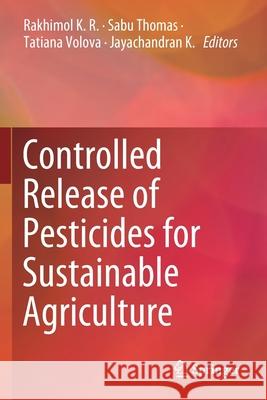Controlled Release of Pesticides for Sustainable Agriculture » książka
topmenu
Controlled Release of Pesticides for Sustainable Agriculture
ISBN-13: 9783030233983 / Angielski / Miękka / 2020 / 266 str.
Controlled Release of Pesticides for Sustainable Agriculture
ISBN-13: 9783030233983 / Angielski / Miękka / 2020 / 266 str.
cena 603,81
(netto: 575,06 VAT: 5%)
Najniższa cena z 30 dni: 578,30
(netto: 575,06 VAT: 5%)
Najniższa cena z 30 dni: 578,30
Termin realizacji zamówienia:
ok. 22 dni roboczych.
ok. 22 dni roboczych.
Darmowa dostawa!
Kategorie BISAC:
Wydawca:
Springer
Język:
Angielski
ISBN-13:
9783030233983
Rok wydania:
2020
Wydanie:
2020
Ilość stron:
266
Waga:
0.39 kg
Wymiary:
23.39 x 15.6 x 1.47
Oprawa:
Miękka
Wolumenów:
01
Dodatkowe informacje:
Wydanie ilustrowane











